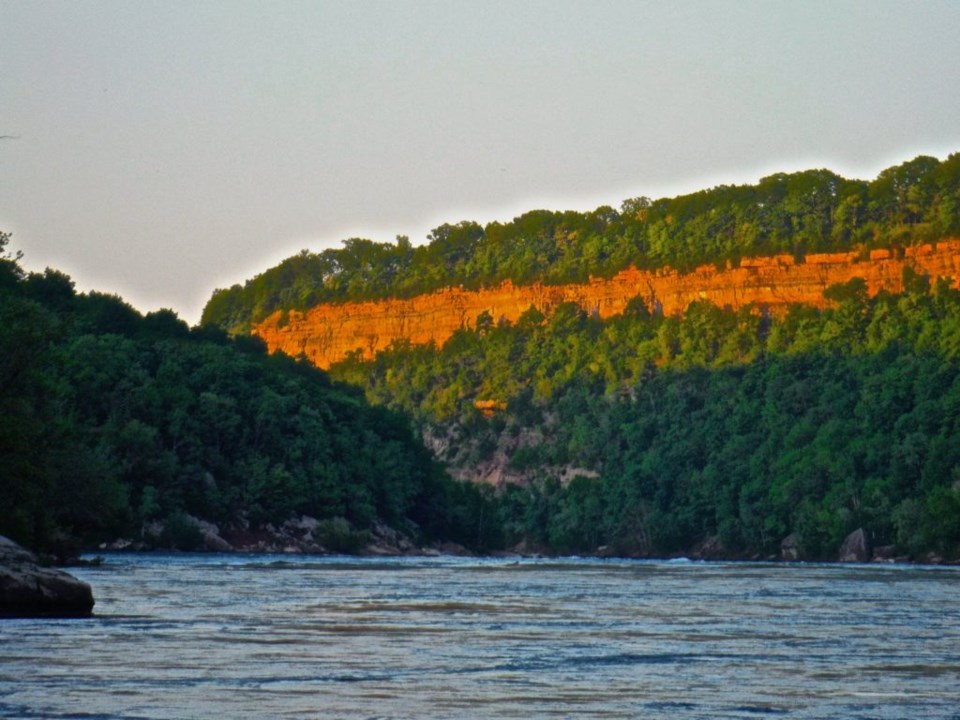
March, sitting distantly and directly across from October, is of equal fortitude but by different means. They are both agents of change, and when the earth’s axis gets some new angles of sun, that’s their cue to get the show on.
While fall means colours and cool downs, and spring involves things springing to life, they are both arguably the most transitional months on the calendar.
Based on studies and my local observations of our flora and fauna, I wanted to address that all the right ingredients are in place for a very interesting March, I believe.
Although meteorology allows us to forecast the likelihood of a warmer-than-usual, wetter-than-usual, and other outcomes for March, nature also gives us a heads up on what might be in store.
There have already been several fatalities from tornadoes in the U.S. since the New Year began, including 25 in Tennessee last week. That statistic is both sad and astonishing. Although the southeastern U.S. is no stranger to tornadoes, having such severe storm systems develop and deliver this kind of power in the dead of winter and into March is unusual. Statistically, this caliber of storm typically shows up from April to June in these regions.
The tornado outbreaks are examples of how that air mass was already sneaking up and present.
The warm air’s influence down south may already be taking hold here in Niagara.
It’s no secret that it has been a mild winter, and trees aren’t lying when some maples reveal their buds before Valentine’s Day. About a week before that, I heard the first robins singing and doing their morning flirt-fests, more typical in early March.
Lake Erie and Lake Ontario have nothing cool to say about this winter, evidenced by their open waters seen facing up to the sun. Only a small pocket of far western Lake Erie is frozen. Great Lakes Research satellite imagery shows that on Feb 29, the collection of the Great Lakes only had an accumulation of 14 per cent ice coverage. Almost none of that, in the big scheme of things, is located on Lake Erie or Lake Ontario at the moment. The historical average for the Great Lakes basin is 55 per cent, to consider the big picture.
This leaves Erie’s shallow, open waters fair game for lake effect snow as that warm air mass creeps up. This could set the stage for a stormy spring with high precipitation events, not just here, but across the Great Lakes Region. The compiling effects all that snow cover getting rained on with warm weather could set the tone for a troublesome year regarding water levels.
A familiar conversation within the past three years, Lake Erie and Lake Ontario’s water levels have burdened private property owners and the public with a constant risk of flooding. For Lake Ontario, first it was 2017 with record levels, broken again in 2019. There is no plug in the tub to pull, when 20 per cent of the world’s freshwater is backed up behind Lake Erie and the lakes behind her.
As someone who doesn’t miss a beat outdoors for work and pleasure alike, I will be taking mental notes on how spring unfolds, moment to moment. I will be most curious about the spring cures I know best – frog calls, the emergence of certain flying insects, and when trout lilies start re-greening the forest floor.
Some of the best places to observe spring transition at its finest in Niagara would include Shorthills Provincial Park, Balls Falls, and Heartland Forest’s wetlands. Here in Niagara-on-the Lake, head down to Two Mile Creek conservation area to get the best experience of how water weaves its way through the landscape in spring, transporting nutrients to the very plants soon to burst through its banks.
Outdoors enthusiasts, farmers, the weatherman, and the community as a whole will wait to see what the rest of March will do.